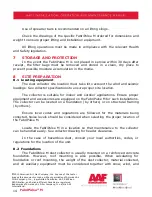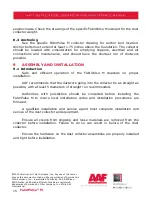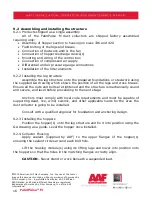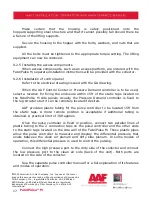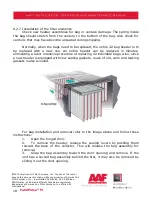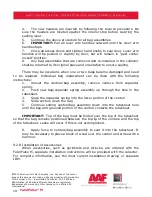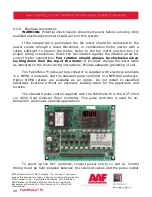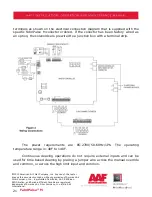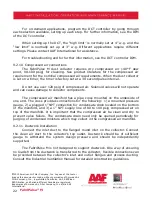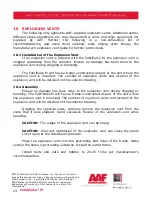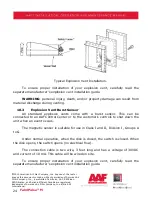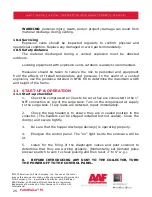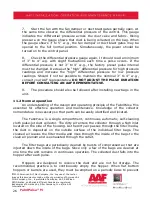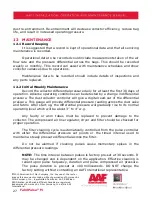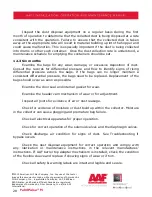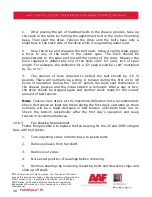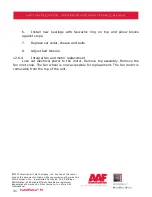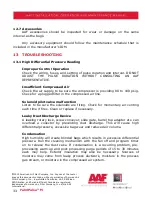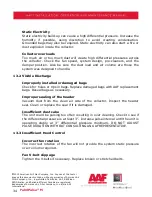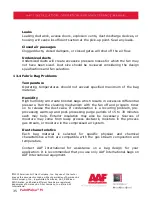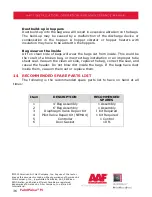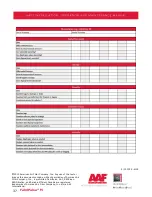
28
FabriPulse
®
M
©
2015 American Air Filter Company, Inc. Any use of the text or
images this document contains, without permission of American Air
Filter Company, Inc., is prohibited. FabriPulse, AAF, REDClean,
REDFiltration, and Reliable Efficient Durable are registered
trademarks of American Air Filter Company, Inc. d/b/a AAF
International.
Inspect the dust disposal equipment on a regular basis during the first
month of operation to determine that the collected dust is being disposed at a rate
consistent with the operation. Failure to ensure that the collected dust is taken
away at the appropriate rate will result in material building up into the hopper and
could cause malfunction. This is especially important if the dust is being collected
into drums or other such container. Once the dust collection rate is understood, a
maintenance schedule for emptying the containers should be set.
12.3
Six months
Examine the bags for any wear, damage, or excessive deposition of dust.
Consult the records for differential pressure and flow to identify signs of rising
differential pressure across the bags. If the bags can no longer maintain a
consistent differential pressure, the bags need to be replaced. Replacement of the
bags should occur as soon as possible.
Examine the door seal and internal gasket for wear.
Examine the header cam mechanism of wear or for adjustment.
Inspect all joints for evidence of air or dust leakage.
Check for evidence of moisture or dust build up within the collector. Moisture
in the collector can cause plugging and premature bag failure.
Check all electrical apparatus for proper operation.
Check for correct operation of the solenoid valves and the diaphragm valves.
Check discharge air condition for signs of dust. See Troubleshooting if
bypass occurs.
Check the dust disposal equipment for correct operation and comply with
any lubrication or maintenance instructions in the relevant manufactures’
instructions. If AAF barrel top adapter mechanism is installed, check the condition
of the flexible sleeve and replace if showing signs of wear or if torn.
Check all safety & warning labels are intact and legible and secure.

